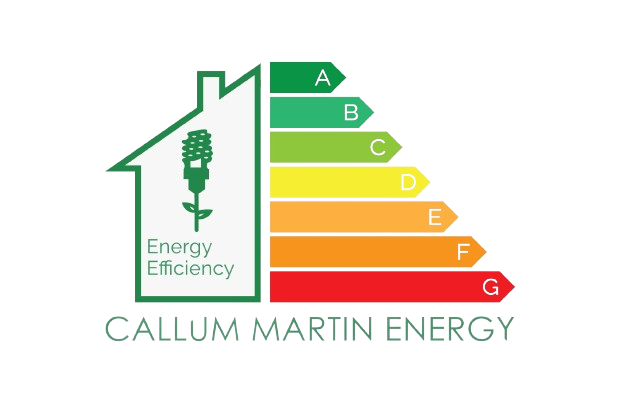What is an Inventory?
An inventory is a detailed report compiled for any rented property, before or after the tenancy. This report is designed to protect both the landlord and tenant from damage costs and could be the difference between getting your deposit back or not. An inventory is normally undertaken by an unbiased third party in which an inventory clerk will attend the property and assess its condition, including floors, walls, and any furniture at the property.
It is not irregular to find that lettings agencies have already supplied an inventory for the tenancy.
Why is an Inventory important?
An inventory is there to protect both parties when handling a dispute of damages, or the condition of the property. It is a legal document which would stand in court, if matters were to progress that far.
The inventory report stands as evidence of the condition of the property before the tenancy began, and if checked thoroughly can help avoid any disputes over damages at the end of the tenancy. Without the inventory there is no evidence, and so you may be liable to pay costs for damage you did not cause and may lose some, or all, of your deposit.
Does my property need an Inventory?
There are no current UK laws enforcing the requirement of an inventory. However, it is highly recommended to have an inventory report compiled both at the beginning and at the end of a tenancy to avoid any disputes, and cover both the tenant and landlord’s backs from claims against them.
What do we look for?
Most inventory reports will be easy to follow, however, if you wish to know more about what to look for yourselves, please find below a list of things the inventory clerk will inspect in the property:
– Damage to walls and floors, including stains, scuffs, dents, holes.
– The reliability of the walls, floors and ceilings.
– Curtains and carpets: are there any stains, holes or marks?
– Mould and mildew marks: If you see any stains or tide marks indicating mould being wiped away, you are allowed to query whether the property has a mould and damp issue and request that your landlord addresses this.
– Windows and doors: Are there any chips? Is there damage to the sealant? Can you see any rot or mould?
– For furnished properties, what condition is the furniture in? Note things like rips in the fabric of the sofa and scratches on the coffee table.
– Cupboards, doors and wardrobes: check for warped, sticking doors and broken hinges.
– What do the electrical and gas appliances look like? Are they regularly tested? Are the sockets in good condition?
– Are there any cracks in the sink or chips in the tiles?
– What do the external walls look like? Any cracks?

